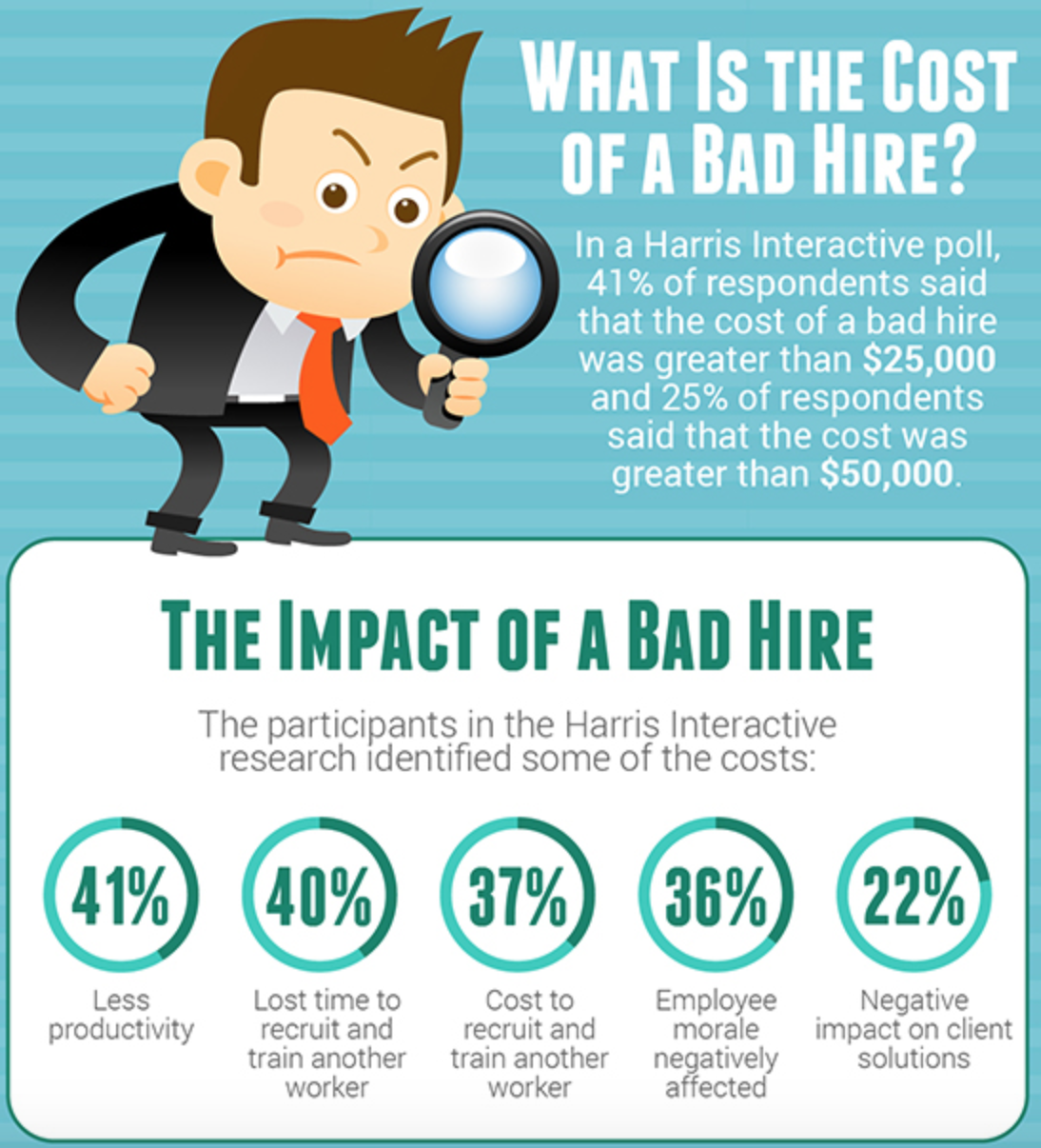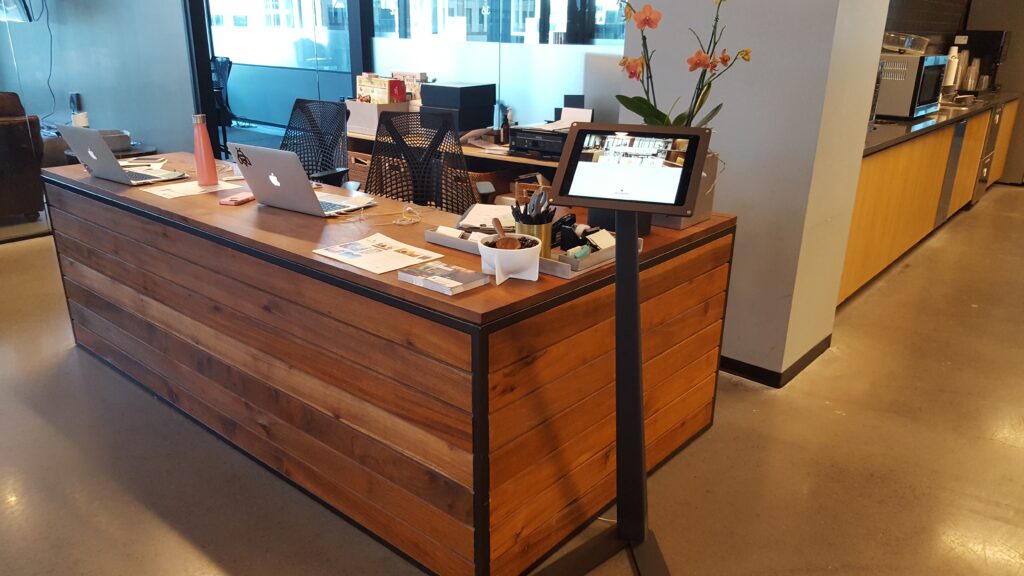Treat Your Brand Equity as Gold | High Touch Technologies

Congratulations! You’ve made it through the first few years. You were able to ride out the storm that comes with starting your own business. You have your eye on the prize: Expanding your business.
Many things should be weighed in the process of deciding whether or not to expand your business beyond your current framework. Perhaps you’re looking to increase distribution or open incremental offices. Or, maybe you’re even looking to become a franchisor.
As you look to the future, it’s worth noting a few tactics and techniques that have helped other companies stay true to themselves as they’ve expanded. Ultimately, you’re choosing to amplify your reach because you’re proud of what you have to offer, and you’d like to keep it that way. We’ve made a few notes to help your expansion goals go as smoothly as possible.
Your Brand Equity Is a Valuable Asset, or Rather, Invaluable Asset, That Must Be Protected, Respected, and Maintained as You Expand in Order to Stay True to Your Goals. Treat Your Brand Equity as Gold as You Move Forward.
So, how do you work through changes as you expand without losing sight of who you are and what your brand represents? Below are a handful of suggestions that we’ve amassed after analyzing those who have expanded successfully.
1. Question your reasoning
After an increasingly successful few months or years, it may seem like the obvious next step is to expand. More often than not, the reason to expand is to increase revenue. But, looking a bit deeper at your offerings you may realize that your product is still yet to reach its fullest potential, or that you can make slight tweaks with what you already have that will allow your revenue to increase. Take a serious look at what you’re currently offering, and ask yourself why you want to expand. Is it for the right reasons? Instead of thinking that you have to move on to the next ‘it’ product, consider if you’re serving your current clients to your fullest potential. If you can answer that with a resounding yes, then heck, it seems like you’re ready to extend yourself a bit further!
But, as we talked about a few weeks ago, getting feedback as an entrepreneur can be challenging. Perhaps send out a survey to your current client base, or do some additional market research to see what you can refine internally before expanding. If after doing some soul searching and surveying, you still think now’s the time, then, by all means, continue reading below.
2. Create brand guidelines
Your brand is an asset. Thus one of the first, and most important steps, is to create Brand Guidelines.
Also referred to as a Brand Bible, Brand Guide, Brand Manual, or Style Guide, Brand Guidelines are essentially a set of rules that explain how your brand (creatively) behaves and how your brand works in different scenarios. In its simplest form, it should serve as a rule book for those who are using your brand assets whether in consumer-facing marketing tools, internal memos, traditional advertising, social media, or beyond. These guidelines can be straightforward or complex, depending on the type of company you have and the product or service that you’re offering. When you think of your favorite brands, you likely have a clear and consistent picture in your head of their logo, their style, or their advertisements. This was not an accident! This was through clear and consistent enforcement of their Brand Guidelines.
 For example, no matter which UPS store you go into, you’re seeing the same brown and yellow logo, used in the same way, with the same packaging, and a very similar store layout. Part of the benefit of being a business owner is being able to enforce your brand rules to protect your equity. Of course, Nike’s guidelines are different than Greetly’s, but we each adhere to the rules we set forth to ensure consistency in communication, especially as we reach more people.
For example, no matter which UPS store you go into, you’re seeing the same brown and yellow logo, used in the same way, with the same packaging, and a very similar store layout. Part of the benefit of being a business owner is being able to enforce your brand rules to protect your equity. Of course, Nike’s guidelines are different than Greetly’s, but we each adhere to the rules we set forth to ensure consistency in communication, especially as we reach more people.
Now, of course, they’ve been in the hot seat a bit lately, but Uber’s brand’s standards serve as a great example and template as you consider what to include in your own. See below for a quick snapshot!
3. Hire slow, fire fast
Sure, many an article has been written on this very topic, but with good reason. When you are allowing someone else to represent your company, essentially acting as a shepherd for your brand, you better believe you want to spend some time searching for the best person. Whether you’re expanding your team, or beginning to interview potential franchisees or investors, finding the best fit based on your business needs, company culture, and the bigger brand picture is imperative.
Think about Chipotle and McDonald’s. If you remember back to 1999/2000, Chipotle was on the fast track for expansion thanks to McDonald’s major investment, but it wasn’t the right move for the core Chipotle brand. That pairing wasn’t exactly a match made in burrito heaven, and Chipotle ended up having a lot of explaining (and fixing) to do after they parted ways with McDonald’s.
As entrepreneurs, let’s be honest, we sometimes are not the best listeners. Hiring is the time to put your listening ears on and be engaged in the process. Checking references is a mandate, and don’t just take the first person’s word for it. Move down the list, talk to past bosses, past employees, clients, maybe you can even track down a neighbor (we kid, we kid).
But in truth, the cost of hiring a bad employee goes beyond just their paycheck. Your brand is on the line, and whether you have only a few employees or you’re looking to hire the Managing Director for your new office, take hiring seriously. It deserves your attention.
4. Never underestimate the importance of onboarding:
You’ve asked yourself the hard questions. You’ve created your Brand Guidelines. You’ve found the perfect person or partner to continue your expansion goals. Make sure they’re not on an island! Some of the worst stories we’ve heard from our research involve new hires or franchisees being left to fend for themselves. It’s important to note that new-hire training and onboarding is more than just a day-long event. It is about making sure your team understands your brand, your vision, and your goals. There are a number of companies that can help you with this stage if it’s not in your wheelhouse. Whatever you do, don’t underestimate the importance of onboarding.
At the end of the day, every experience your clients have with your business is a direct reflection on your brand. It is up to you to make sure it is a positive and consistent experience as you expand, and continues to match your core values!
Tell us, what have you learned as you’ve expanded your business, any pointers or advice for the rest of us? Drop us a line, we’d love to hear from you!





